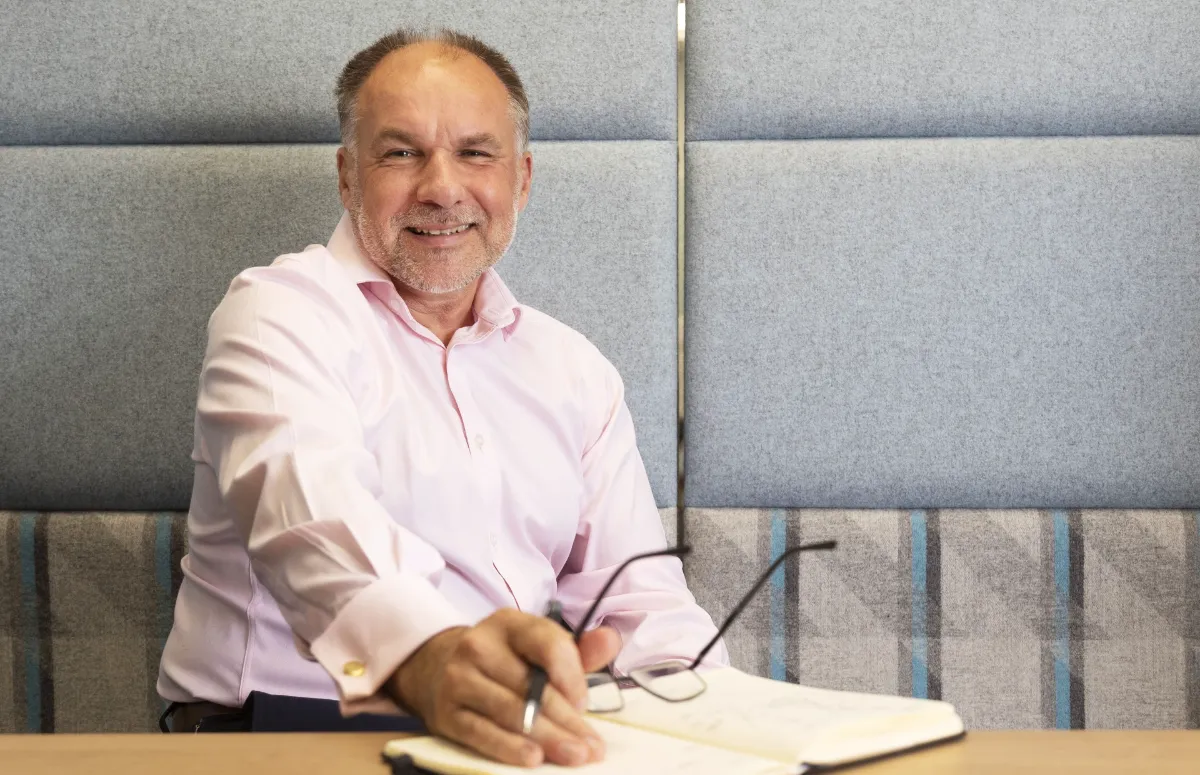Surviving vs Thriving

Surviving vs Thriving
In today’s rapidly changing workplace, organisations and individuals are constantly adapting to unprecedented challenges. This dynamic environment has triggered a significant shift in mindsets, particularly between the modes of surviving and thriving.
Understanding these mindsets is crucial as businesses navigate through turbulent times, driven by technological advancements, economic pressures, and a global pandemic.
The Survival Mindset
The survival mindset is typically triggered by immediate threats or high-stress situations. It is characterised by short-term thinking, where the primary focus is on getting through the day or the next major hurdle without a clear long-term strategy.
This mindset is reactive rather than proactive, often leading to quick fixes instead of sustainable solutions.
Key Characteristics of the Survival Mindset:
- Reactivity: Individuals and organisations react to changes rather than anticipate them. This can result in hurried decisions that may address current issues but fail to consider long-term impacts.
- Risk Aversion: In survival mode, the fear of failure is heightened. This can stifle innovation, as taking risks might seem too dangerous when the stakes are high.
- Resource Guarding: Resources, whether they are time, money, or manpower, are conserved for existing projects and immediate needs. This often leads to a scarcity mentality, where sharing or investing in new opportunities is viewed with skepticism.
The survival mindset, while sometimes necessary, can limit growth and reduce an organisation’s ability to adapt to future challenges. Employees operating in this mode may experience heightened stress, burnout, and dissatisfaction, as continuous firefighting becomes exhausting.
The Thriving Mindset
Contrastingly, the thriving mindset is future-oriented and centered around growth and development. This approach encourages looking beyond immediate challenges to focus on long-term goals and potential opportunities.
Key Characteristics of the Thriving Mindset:
- Proactivity: Planning and preparation are the hallmarks of this mindset. Organisations anticipate changes and develop strategies to leverage these for growth.
- Innovation Emphasis: Thriving necessitates innovation. Companies invest in new ideas and technologies, encouraging a culture of experimentation and acceptance of failure as a part of the learning process.
- Resource Investment: Resources are allocated not just for current needs but for future growth. This includes investing in employee development, technology, and new business ventures.
Organisations and individuals with a thriving mindset view challenges as opportunities to improve and innovate. This perspective fosters resilience, job satisfaction, and a proactive approach to change.
Linking Mindsets to the New World of Work
The new world of work, influenced by remote working, technological advancements, and shifting economic landscapes, demands a shift from surviving to thriving.
Many organisations are undergoing digital transformations, reevaluating their business models, and seeking new markets. This environment requires adaptability and a forward-thinking approach.
Employees are also facing changes in work dynamics, including hybrid work models and evolving job roles. Those with a thriving mindset are more likely to adapt successfully, seeing these changes as opportunities to enhance their skills and advance their careers.
Challenges and Strategies for Cultivating a Thriving Mindset
While the shift from surviving to thriving is desirable, it is not without its challenges. Resistance to change, fear of the unknown, and entrenched practices can hinder the transition. However, several strategies can facilitate this shift:
- Leadership Commitment: Leaders must champion the change, demonstrating commitment through actions and policies that promote a thriving culture.
- Continuous Learning: Organisations should invest in training and development programs to help employees adapt to new technologies and methodologies.
- Well-being Support: Supporting employee well-being is crucial in reducing burnout and fostering a positive work environment. This includes everything from mental health resources to flexible working conditions.
Conclusion
As organisations navigate the complex landscape of the new world of work, the distinction between surviving and thriving becomes increasingly relevant.
By understanding and cultivating a thriving mindset, companies and their employees can not only withstand current challenges but also pave the way for future success and innovation.
In embracing change, fostering innovation, and supporting their workforce, businesses can transform these challenging times into opportunities for growth and development.
Trayton Vance
Trayton Vance is the Founder and Managing Director of Coaching Focus Group, one of the UK’s leading leadership coaching consultancies. With over two decades of experience, Trayton helps organisations build coaching cultures that unlock potential, drive engagement, and create lasting impact.
Coaching Focus Group
Specialists in leadership coaching, workplace coaching programmes, and building coaching cultures that stick.
[FREE WEBINAR]
Thu, Jan 22, 2026, 12:00 PM (GMT)
.jpg)
You might be interested in...



Employee Engagement Series

.jpg)









